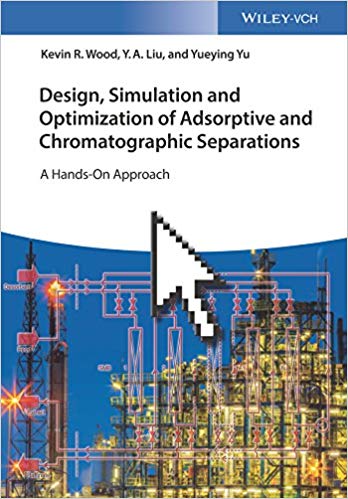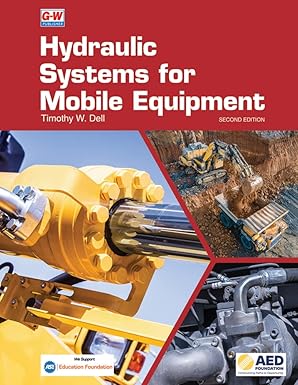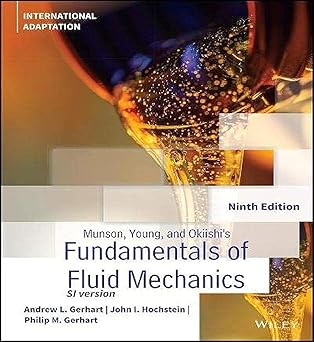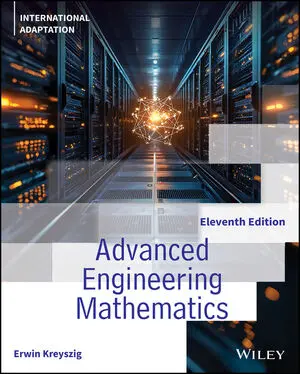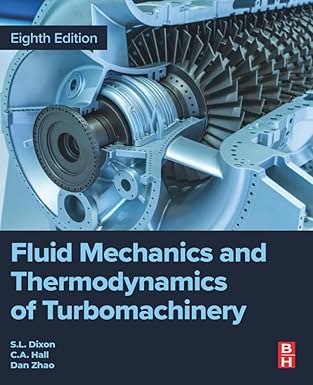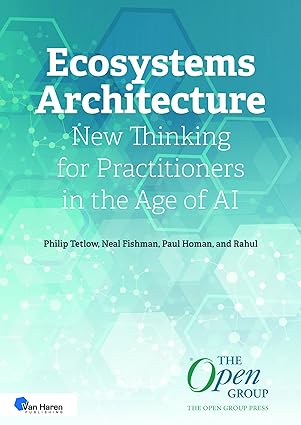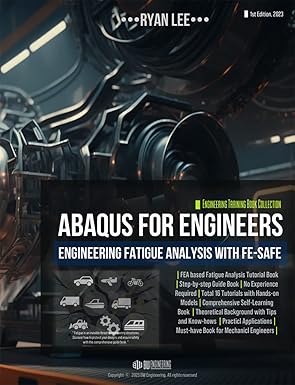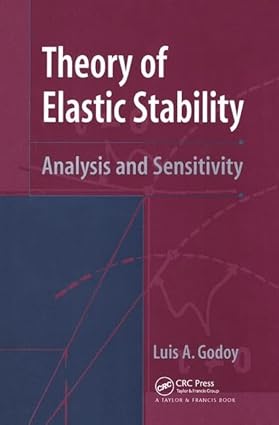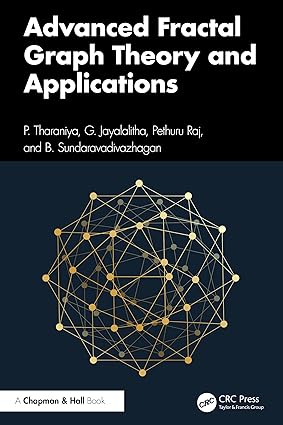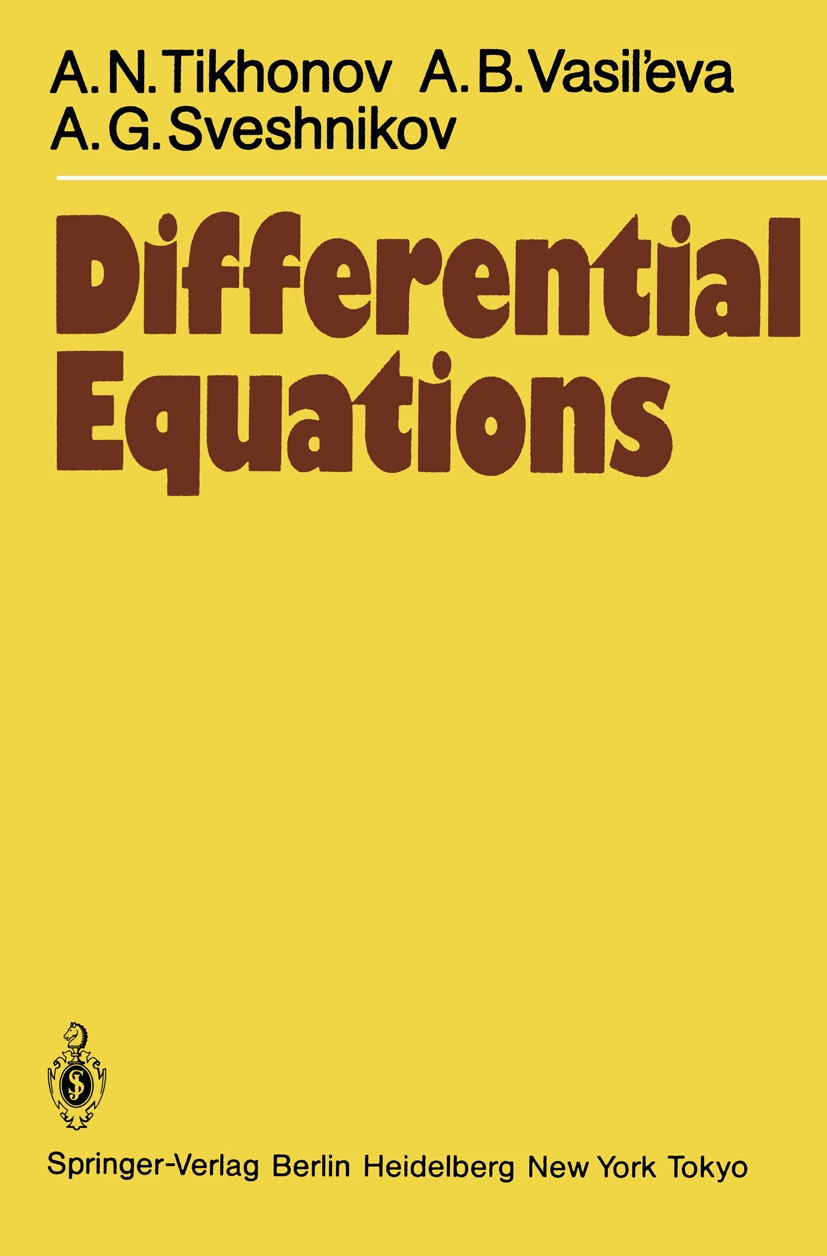A comprehensive resource to the construction, use, and modification of the wide variety of adsorptive and chromatographic separations
Design, Simulation and Optimization of Adsorptive and Chromatographic Separations offers the information needed to effectively design, simulate, and optimize adsorptive and chromatographic separations for a wide range of industrial applications. The authors?noted experts in the field?cover the fundamental principles, the applications, and a range of modeling techniques for the processes. The text presents a unified approach that includes the ideal and intermediate equations and offers a wealth of hands-on case studies that employ the rigorous simulation packages Aspen Adsorption and Aspen Chromatography.
The text reviews the effective design strategies, details design considerations, and the assumptions which the modelers are allowed to make. The authors also cover shortcut design methods as well as mathematical tools that help to determine optimal operating conditions. This important text:
-Covers everything from the underlying pheonmena to model optimization and the customization of model code
-Includes practical tutorials that allow for independent review and study
-Offers a comprehensive review of the construction, use, and modification of the wide variety of adsorptive and chromatographic separations
-Contains contributions from three noted experts in the field
Written for chromatographers, process engineers, ehemists, and other professionals, Design, Simulation and Optimization of Adsorptive and Chromatographic Separations offers a comprehensive review of the construction, use, and modification of adsorptive and chromatographic separations.
This book allows the reader to effectively design, simulate and optimize adsorptive and chromatographic separations for industrial applications. To achieve this, a unified approach is presented, which develops the ideal and intermediate equations necessary, while simultaneously offering hands-on case studies employing the rigorous simulation packages Aspen Adsorption and Aspen Chromatography.
The first part of the book deals with design strategies, detailed design considerations and the assumptions, which the models are allowed to make and covers shortcut design methods as well as mathematical tools to determine optimal operating conditions. These insights are used in Chapter 4 & 5 to estimate and optimize performance parameters, such as purity, recovery, etc. as well as the regression of these parameters.
چکیده فارسی
منبعی جامع برای ساخت، استفاده و اصلاح طیف گسترده ای از جداسازی های جذبی و کروماتوگرافی
طراحی، شبیهسازی و بهینهسازی جداسازیهای جذبی و کروماتوگرافی اطلاعات مورد نیاز برای طراحی، شبیهسازی و بهینهسازی جداسازی جذبی و کروماتوگرافیک برای طیف وسیعی از کاربردهای صنعتی را ارائه میدهد. نویسندگان؟متخصصین در این زمینه اصول اساسی، کاربردها و طیف وسیعی از تکنیک های مدل سازی برای فرآیندها را پوشش می دهند. این متن یک رویکرد یکپارچه را ارائه میکند که شامل معادلات ایدهآل و متوسط است و تعداد زیادی از مطالعات موردی عملی را ارائه میکند که از بستههای شبیهسازی دقیق Aspen Adsorption و Aspen Chromatography استفاده میکند.
متن استراتژیهای طراحی مؤثر، ملاحظات طراحی جزئیات، و مفروضاتی را که مدلسازان مجاز به انجام آن هستند، مرور میکند. نویسندگان همچنین روش های طراحی میانبر و همچنین ابزارهای ریاضی را پوشش می دهند که به تعیین شرایط عملیاتی بهینه کمک می کند. این متن مهم:
- همه چیز از پدیده های زیربنایی گرفته تا بهینه سازی مدل و سفارشی سازی کد مدل را پوشش می دهد
-شامل آموزش های عملی است که امکان بررسی و مطالعه مستقل را فراهم می کند
- ارائه یک بررسی جامع از ساخت، استفاده و اصلاح طیف گسترده ای از جداسازی های جذبی و کروماتوگرافی
-حاوی مشارکت از سه متخصص برجسته در این زمینه
طراحی، شبیهسازی و بهینهسازی جداسازیهای جذبی و کروماتوگرافی که برای کروماتوگرافها، مهندسان فرآیند، ehemists و دیگر متخصصان نوشته شده است، بررسی جامعی از ساخت، استفاده و اصلاح جداسازیهای جذبی و کروماتوگرافی ارائه میدهد.
این کتاب به خواننده اجازه میدهد تا جداسازیهای جذبی و کروماتوگرافی را برای کاربردهای صنعتی بهطور مؤثر طراحی، شبیهسازی و بهینهسازی کند. برای دستیابی به این، یک رویکرد واحد ارائه شده است که معادلات ایده آل و میانی لازم را توسعه می دهد، در حالی که همزمان مطالعات موردی عملی را با استفاده از بسته های شبیه سازی دقیق Aspen Adsorption و Aspen Chromatography ارائه می دهد.
بخش اول کتاب به استراتژیهای طراحی، ملاحظات طراحی دقیق و مفروضاتی میپردازد که مدلها مجاز به ایجاد آنها هستند و روشهای طراحی میانبر و همچنین ابزارهای ریاضی برای تعیین شرایط عملیاتی بهینه را پوشش میدهد. این بینش ها در فصل 4 و 5 برای تخمین و بهینه سازی پارامترهای عملکرد، مانند خلوص، بازیابی، و غیره و همچنین رگرسیون این پارامترها استفاده می شود.
ادامه ...
بستن ...
Ebook details:
عنوان: Design, Simulation and Optimization of Adsorptive and Chromatographic Separations A Hands-On Approach (9783527344697)
نویسنده: Kevin R. Wood, Y. A. Liu, Yueying Yu
ناشر: English
زبان: 9783527344697
شابک: 978-3527344697, 3527344691
حجم: 41 Mb
فرمت: True Pdf
| 9783527815012 3527815015 9783527814992 352781499X 9783527815029 3527815023 |
ادامه ...
بستن ...
